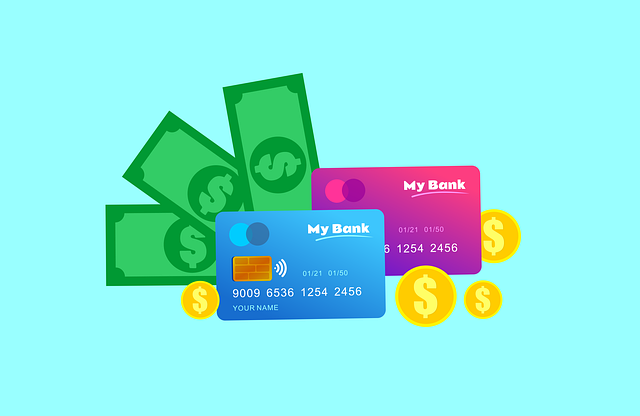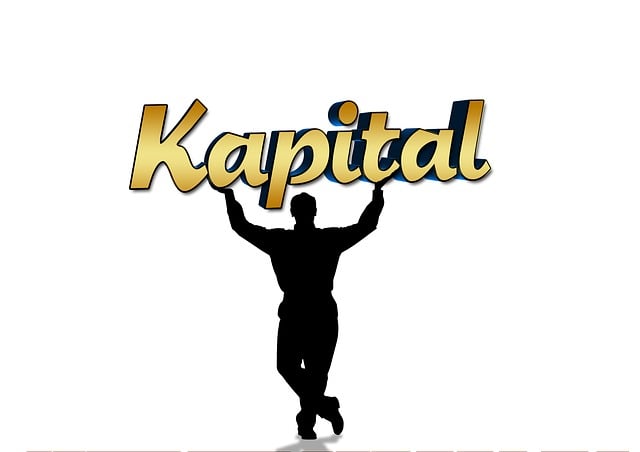Millions globally face a student debt crisis due to rising tuition fees and interest rates. To overcome this financial burden, individuals can explore various solutions like loan consolidation options, which simplify management by combining multiple loans into one with potentially lower rates. Emergency debt assistance programs negotiate with creditors for reduced burdens, while debt settlement initiatives offer forgiveness under specific conditions. Debt reduction plans provide structured repayment strategies, easing financial stress and enabling career development. Combining these financial crisis solutions empowers graduates to regain control over their debts, simplify payments, and plan for a secure future despite loan obligations.
Student debt has become a pervasive financial crisis, affecting millions. This article simplifies the process of managing and reducing student loans through various strategies. We explore powerful solutions like loan consolidation options, which can streamline repayments. Understanding the scope of the financial crisis is crucial, followed by a strategic look at available tools, including debt reduction plans for long-term control. Additionally, we uncover emergency debt assistance programs and debunk myths around debt settlement, offering realistic expectations.
- Understanding Student Debt: The Scope of the Financial Crisis
- Exploring Loan Consolidation Options: A Strategic Approach to Repayment
- Benefits of Debt Reduction Plans: Taking Control of Your Financial Future
- Unlocking Emergency Debt Assistance: Immediate Support for Unexpected Situations
- Debunking Debt Settlement Programs: Myths and Realistic Expectations
- Effective Steps Towards Student Debt Freedom: A Comprehensive Guide
Understanding Student Debt: The Scope of the Financial Crisis

Student debt has become a significant financial crisis, affecting millions of individuals worldwide. With rising tuition fees and increasing loan interest rates, many students graduate with substantial debts, hindering their ability to achieve financial stability and pursue their career aspirations. The scope of this problem is vast, as it not only impacts young adults but also has long-term effects on the overall economy. Many graduates struggle to find employment that offers the necessary security to manage their loans, leading to a cycle of financial strain.
One way to tackle this crisis is through various loan consolidation options and debt reduction plans. Emergency debt assistance programs and settlement initiatives can provide much-needed relief for those overwhelmed by their student loans. By exploring these financial crisis solutions, borrowers can gain control over their debts and potentially lower monthly payments, allowing them to breathe easier and plan for a secure future despite the challenges of their loan obligations.
Exploring Loan Consolidation Options: A Strategic Approach to Repayment

Many students graduate with a mountain of debt, often from multiple sources, making repayment a complex and overwhelming task. This is where exploring loan consolidation options becomes a strategic financial crisis solution. By consolidating loans, borrowers can streamline their debt reduction plans and gain better control over their finances. With various debt settlement programs available, individuals can navigate these options to find the best fit for their unique situation.
Loan consolidation involves combining multiple loans into one comprehensive repayment package. This approach offers several benefits, such as reduced interest rates, lower monthly payments, and simplified management. It’s an effective emergency debt assistance tool, allowing borrowers to focus on career development and financial stability without the constant burden of multiple debt obligations. This strategic move can significantly ease the financial strain, especially for those struggling with a heavy loan debt load.
Benefits of Debt Reduction Plans: Taking Control of Your Financial Future

Debt reduction plans offer a lifeline to students overwhelmed by multiple loan payments. By consolidating loans and streamlining repayment, individuals can regain control over their finances, which is especially crucial during challenging economic times. These plans provide much-needed relief, enabling borrowers to manage debt more effectively and avoid the financial crisis that often accompanies numerous, varying payment schedules.
Loan consolidation options, such as those offered by various government programs and private lenders, simplify the repayment process. Emergency debt assistance programs can help negotiate with creditors, offering settlement programs that reduce the overall debt burden. This proactive approach empowers students to focus on their education, careers, and future financial goals without the constant stress of dealing with multiple debts.
Unlocking Emergency Debt Assistance: Immediate Support for Unexpected Situations

In times of unforeseen financial strain or a sudden emergency, students often find themselves burdened with loan debt that requires immediate attention. This is where emergency debt assistance becomes an invaluable resource. Many institutions offer specialized debt settlement programs and loan consolidation options tailored to help borrowers navigate unexpected situations without the added stress of overwhelming debt. These solutions provide much-needed relief, allowing individuals to focus on recovery while managing their financial obligations more effectively.
Financial crisis solutions can range from temporary relief through debt reduction plans to long-term strategies for full debt elimination. Consolidating multiple loans into a single payment stream simplifies the process, making it easier to manage and potentially reducing overall interest costs. This approach is particularly beneficial when dealing with various lenders and varying repayment terms, offering clarity and control over one’s financial future.
Debunking Debt Settlement Programs: Myths and Realistic Expectations

Effective Steps Towards Student Debt Freedom: A Comprehensive Guide

Navigating a path to freedom from student debt can seem daunting, but with the right strategies and financial crisis solutions, it’s achievable. The first step involves exploring loan consolidation options tailored to your specific debt profile. By combining multiple loans into one, you can simplify payments and potentially reduce interest rates, making repayment more manageable. This approach, along with developing a robust debt reduction plan, allows for better budget allocation and faster debt eradication.
Additionally, considering emergency debt assistance programs or debt settlement initiatives can offer relief for those struggling. These programs provide avenues to negotiate with lenders, explore forgiveness options, or even have portions of the debt forgiven under certain circumstances. Implementing these strategies in conjunction with consistent financial discipline will put you on a trajectory towards complete student debt elimination, offering peace of mind and financial freedom.







